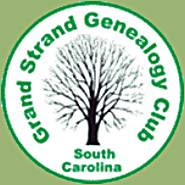If you would like to know more about Footnote, you have the opportunity through a free webinar - which provides a tutorial of the site and a personalized tour. The webinar is available anytime you want to view it - requiring 30 minutes of your time. It addresses what records are available, a search demonstration, as well as explanations of how to use the Footnote viewer and how to create Footnote pages.
To view the webinar, copy and paste the following URL into your web browser:
<http://blog.footnote.com/the-worlds-first-footnote-webinar/>
To access Footnote, copy and paste the following URL into your web browser:
<http://www.footnote.com/>

